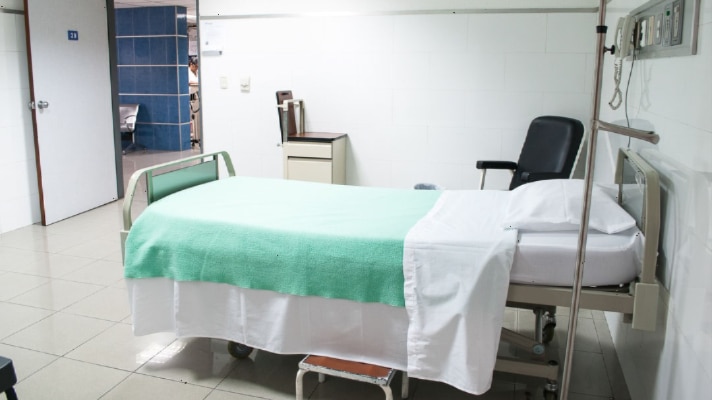In the United States, healthcare costs have climbed in recent years to unprecedented rates. However, the cost alone isn’t the only problem medical patients in the United States are currently facing; the current healthcare system is leaving patients in debt, confused, and often untreated due to an inability to pay. While some patient demographics are able to fill in the gaps left by a lack of insurance, others are directly suffering due to inability to pay for treatment.
Climbing Costs Put Patients In Debt
Even when accounting for inflation, today’s medical prices are some of the highest in the nation’s history. Bankruptcies resulting from unpaid medical bills affected an estimated two million people in the United States during 2013, and the number has continued to steadily climb. While insurance is sometimes available through employers, not all employers offer options secure enough to keep people out of debt. Similarly, those unable to acquire health insurance through their employer are often forced to pay medical costs out of pocket.
Options Available, Awareness Lacking
Employer-backed insurance isn’t the only option for those in need of health insurance. Government-subsidized options are available to certain populations or in certain situations. However, few who would qualify for these programs participate. While Obamacare is still available, information about the program is rarely made widely accessible and available, meaning many people who would be eligible miss the enrollment window. Similarly, Medicare and Medicaid are dramatically underutilized. Only 17.2% of Americans were covered by Medicare in 2017, despite many more qualifying. When these options fail, patients can quickly find themselves seeking alternative means to affording care.
Seeking Alternatives
Because of healthcare system confusion, many patients seek out alternatives in order to pay their medical debt. Some of these options are less harmful than others; crowdfunding, in particular, has become a popular means for those seeing donations to account for medical debt. It’s been especially successful for some due to the proliferation of online technology allowing for easy donations, with 17% of crowdfunding donations being made on mobile devices. A variety of websites, including GoFundMe and YouCaring, have thrived on peoples’ need to seek out donations, and will likely continue to do so as a platform for fundraising.
However, not everyone gets so lucky when it comes to finding income sources. Many patients are left without a path forward to pay off their medical debt, and as a result, are unable to seek medical care. Many patients find themselves rationing potentially life-saving medications as a means of affording care, with countless patients dying due to lack of treatment. For those who do die from lack of care, their families will continue to bear the burden – only 14% of policy death benefits are ever disbursed.
The Real Cost Of Care
While those with stable and consistent health insurance may rarely see the effects of a convoluted system, those lacking adequate healthcare are desperately in need of a more stable, long-term solution. With the ability to access healthcare being so strongly tied to employment, many of those most in need of care are unable to access the funds they need to seek treatment. Donations and crowdfunding may have risen in recent years to fill the gap; however, without long-term solutions, these patients will continue to struggle. It remains to be seen what the future of healthcare holds. Hopefully, changes to the current healthcare system will be made that increase awareness of government healthcare programs and other payment alternatives.








